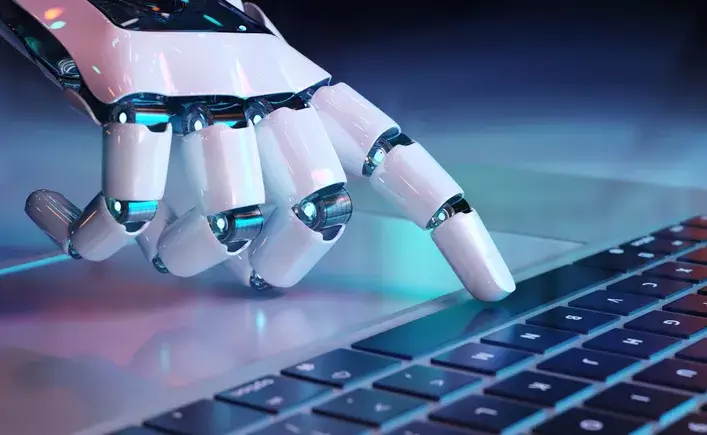As technology continuously evolves, so too do the complexities of ownership and copyright in creative endeavors. The arrival of generative AI—artificial intelligence capable of producing poetry, visuals, and music—has cast a long shadow over traditional understandings of authorship. A recent court ruling against Stephen Thaler, an individual who attempted to legally secure copyright for AI-generated poetry, starkly highlights this issue. Thaler sought to redefine intellectual property rights in a world that increasingly blurs the lines between human and machine creativity. Yet, the court firmly ruled that non-human entities cannot hold copyrights, effectively cementing the notion that creative ownership is a privilege reserved solely for humans.
Legal Foundations and Creative Control
The ruling by the Court of Appeals for the District of Columbia Circuit embodies a crucial interpretation of current copyright law. As Judge Patricia Millett articulated, the various provisions of the Copyright Act fundamentally presuppose human authorship. The court’s unanimous decision reflects a broader legal consensus: that machines, despite their impressive capabilities, lack the life experiences and emotions that underpin true creativity. This presents a critical question for those engaging with AI technology: how much human input is required for a work to qualify for copyright protection?
The U.S. Copyright Office has reiterated that the crux of the issue lies in the extent of human intervention during the creative process. In essence, if a creator merely inputs prompts into an AI system without significant alterations to the output, that work remains outside the realm of copyright. This stipulation casts a shadow over many aspiring digital artists who might hope to benefit from their creations in a competitive market, as they find themselves in a reality where the ownership of their AI works is inherently fragile.
The Implications on Artistic Freedom
The implications of these rulings stretch beyond mere legalese into the realm of artistic freedom and innovation. For many artists, designers, and content creators, the excitement of collaborating with AI models can quickly turn sour upon realizing the legal limitations imposed on their outputs. The creative landscape has traditionally celebrated the individual artist’s rights, but as AI continues to advance, these norms face substantial disruption. If creators using AI lack any legal claim to their work, what incentive remains for artistic experimentation or collaboration with these advanced technologies?
Additionally, as these AI-driven tools become widely accessible, a growing number of individuals may be discouraged from exploring AI-assisted creativity altogether out of fear of losing potential ownership over their artistic expressions. This stagnation could have a chilling effect on innovation in the art world at large, inhibiting a pivotal shift in the creative process that AI tools could enable.
The Future of Copyright Law Amid Technological Evolution
As we continue to push the boundaries of what technology can achieve, the question remains: Is our copyright framework equipped to adapt to these rapid changes? The law’s reluctance to embrace AI-generated work should provoke serious concern among advocates for both creators and technological advancement. Could it take significant pressure from industries like Hollywood, which are increasingly embedding AI into their creative processes, to galvanize a reform in copyright law? While one might be inclined to hope for an evolution of the law, the current legal climate suggests that change will not come easily or swiftly.
The rigidity of the law implies a disconnection from the multifaceted realities of modern creativity, where diverse voices merge to craft unique expressions. The urgent need for a reconsideration of intellectual property rights in light of AI-generated works is clear, yet the pathway to such reform seems obscured. Until a resolution emerges, creators navigating this complex landscape must tread carefully, aware that their artistic footprints may be impermanent in the absence of robust legal protections.
In this technological whirlwind, the challenge remains: how can we ensure that the creative spirit—often considered the heart of human expression—thrives, even as machines take on an increasingly pivotal role in the production process? The stakes are high and the answers will shape not only the future of art but also the very definition of what it means to create.


Leave a Reply